- Antipasti
- Bella Italia
- Dessert
- Drinks
- Favorite Italian recipes
- Main courses
- Pasta
- Pizza
- Side dishes and salad
- Tips & Knowledge
What does DOP mean?
You have probably noticed the DOP designation on some of our Italian specialties. Perhaps you have wondered what this is all about. Here are the answers!
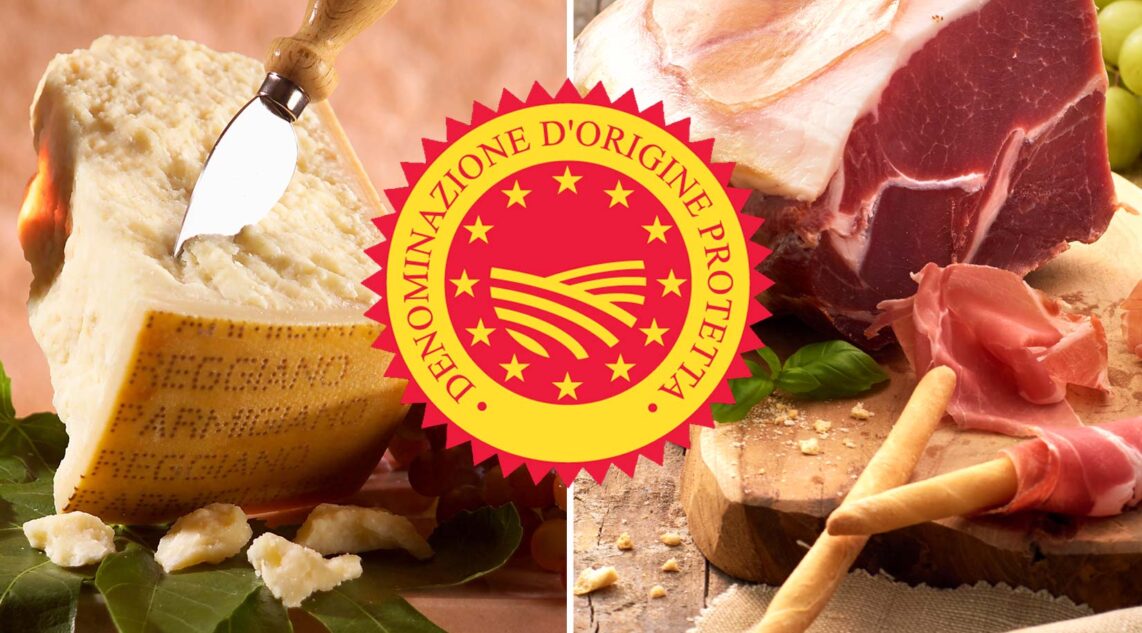
DOP for Italian specialties
DOP stands for Denominazione di origine protetta and corresponds to the German protected designation of origin. It is used in the European Union to label agricultural products and other foodstuffs that are produced using a specific process limited to a geographical region.
Well-known Italian specialties with the DOP seal are Parmigiano Reggiano, Prosciutto di Parma (= Parma ham), Mozzarella di bufala (= buffalo mozzarella) and San Marzano tomatoes.
History of the DOP
The protected designations of origin, or DOPs in Italian, go back to the system of French appellations. These AOCs (=Appellationd’Origine Contrôlée) are primarily known for wines, but their origins lie in the protection of the blue cheese Roquefort in the 15th century. Named after its place of origin, it has been popular with gourmets for centuries and is therefore relatively expensive, so producers of blue cheeses from other regions also wanted to make a profit and called their cheese Roquefort.
And even though all producers of blue cheeses use mold cultures of the Penicillium roqueforti species, the rearing and, above all, feeding of the sheep is important for the taste of the cheese. The same applies to other products protected by the DOP seal: In the case of meat and dairy products, the rearing of the animals is already regulated in the statutes of the respective consortium with regard to the region and nutrition.
DOP specialties from Italy and Germany
Many Italian cheese and sausage specialties already bear their origin in their name: Prosciutto di Parma, Prosciutto di San Daniele, Parmigiano Reggiano, Pecorino romano, Pecorino Sardo or Gorgonzola.
Some of these specialties are so popular that their name is used generically for all similar products, which is hard to avoid in colloquial language. But for the proud producers, it must be like a stab in the heart when a cheaply made grated cheese is called Parmesan.
However, cheese and sausage specialties with a protected designation of origin do not only come from Italy; German cheese dairies and butchers have also had their products protected by the EU: Well-known German products include Altenburger Ziegenkäse, Allgäuer Bergkäse and Lüneburger Heidschnucke.
One level below the protected designation of origin are products with a protected geographical indication. And if you were wondering where the many German sausage specialties are in the list, Nuremberg Rostbratwurst, Thüringer Rostbratwurst, Halberstädter Würstchen, Holsteiner Katenschinken and Bayerisches Rindfleisch all have a protected geographical indication.
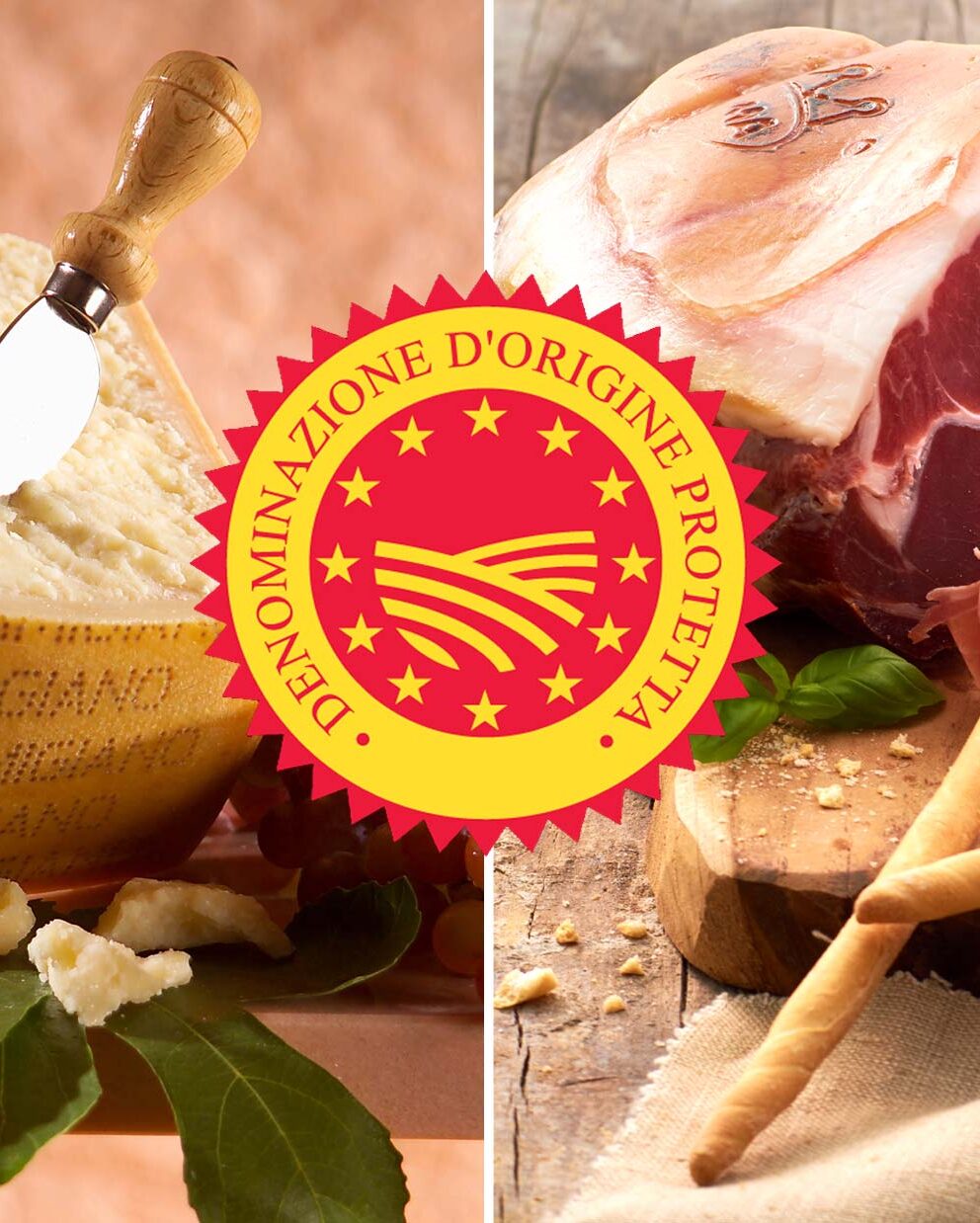



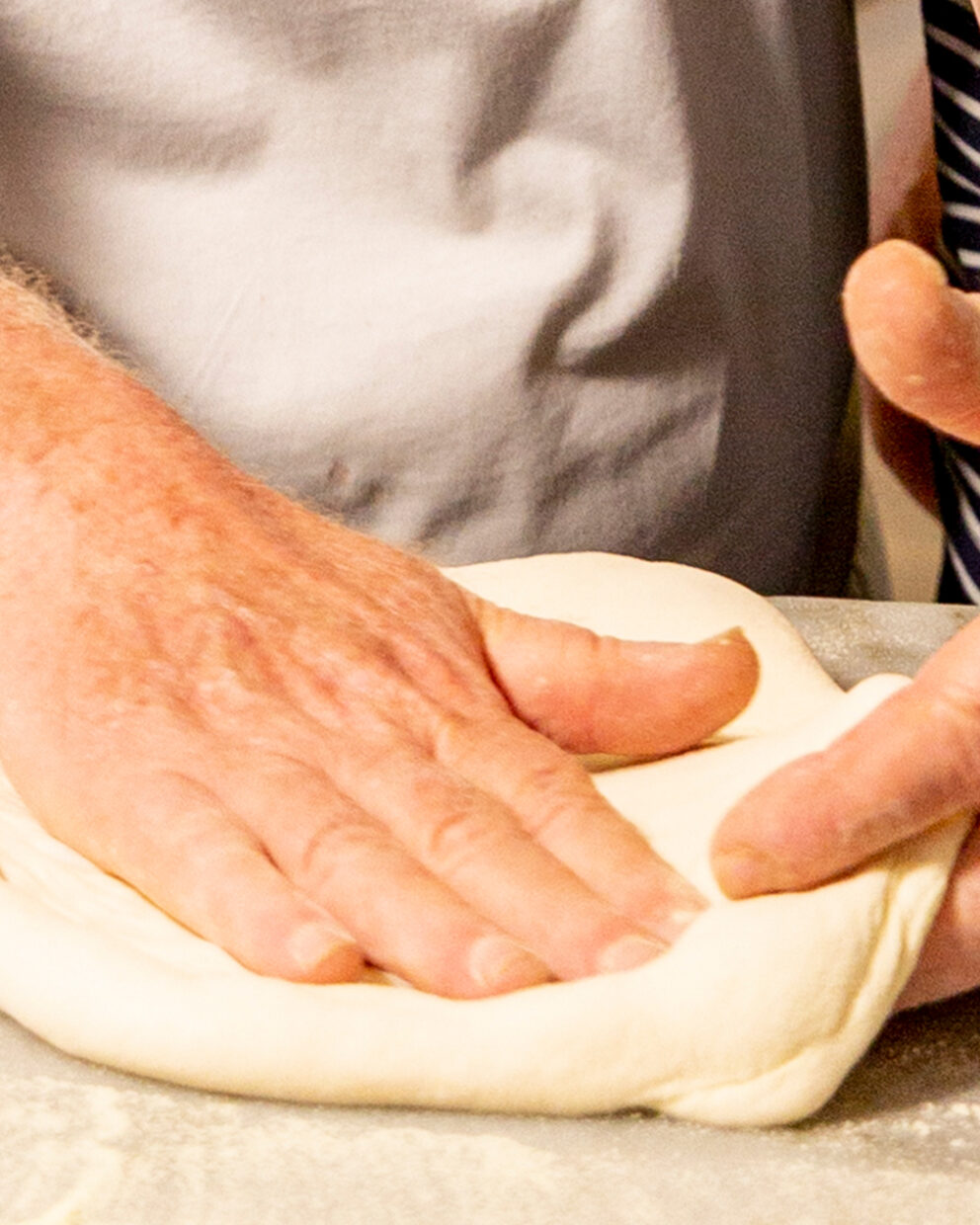
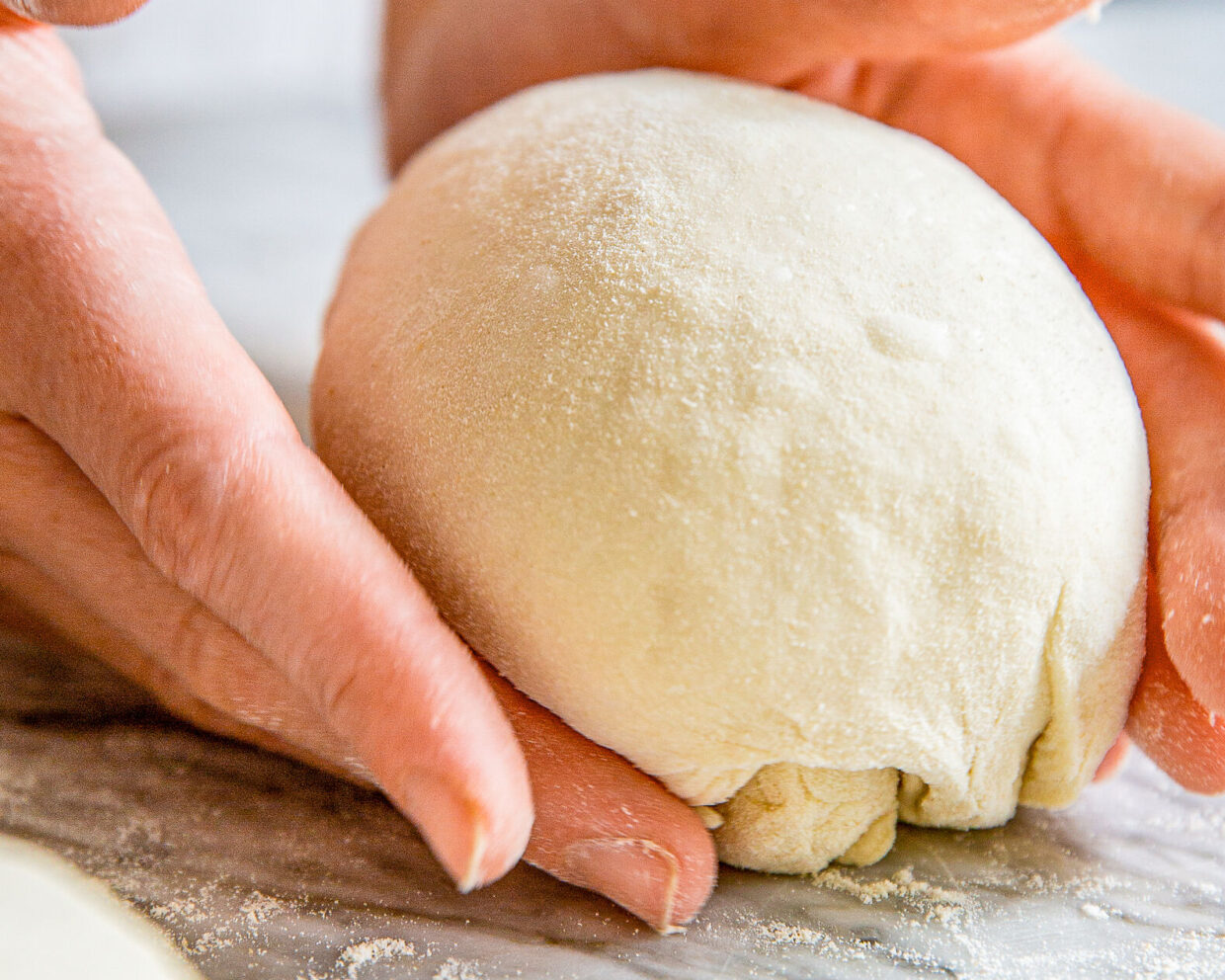
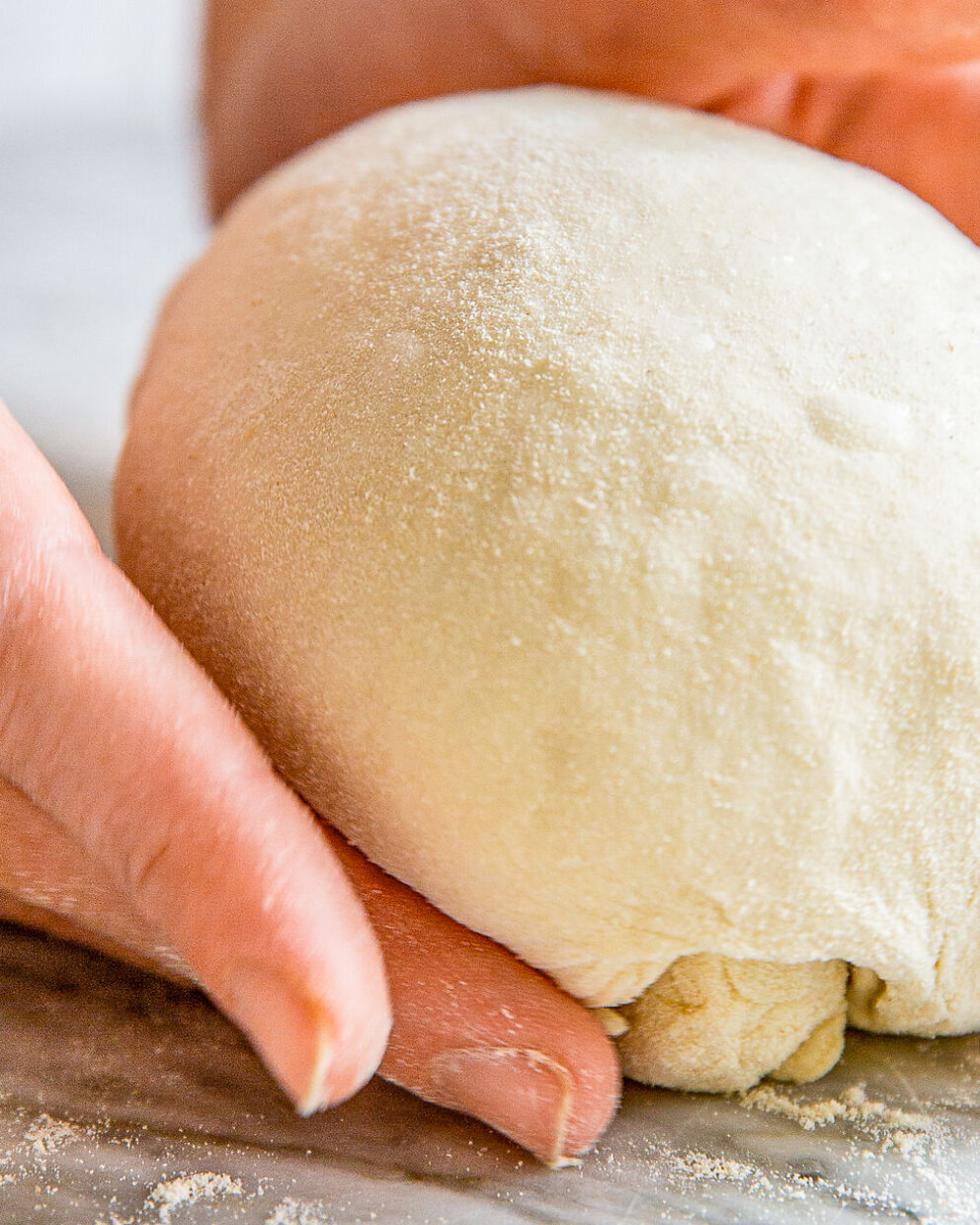




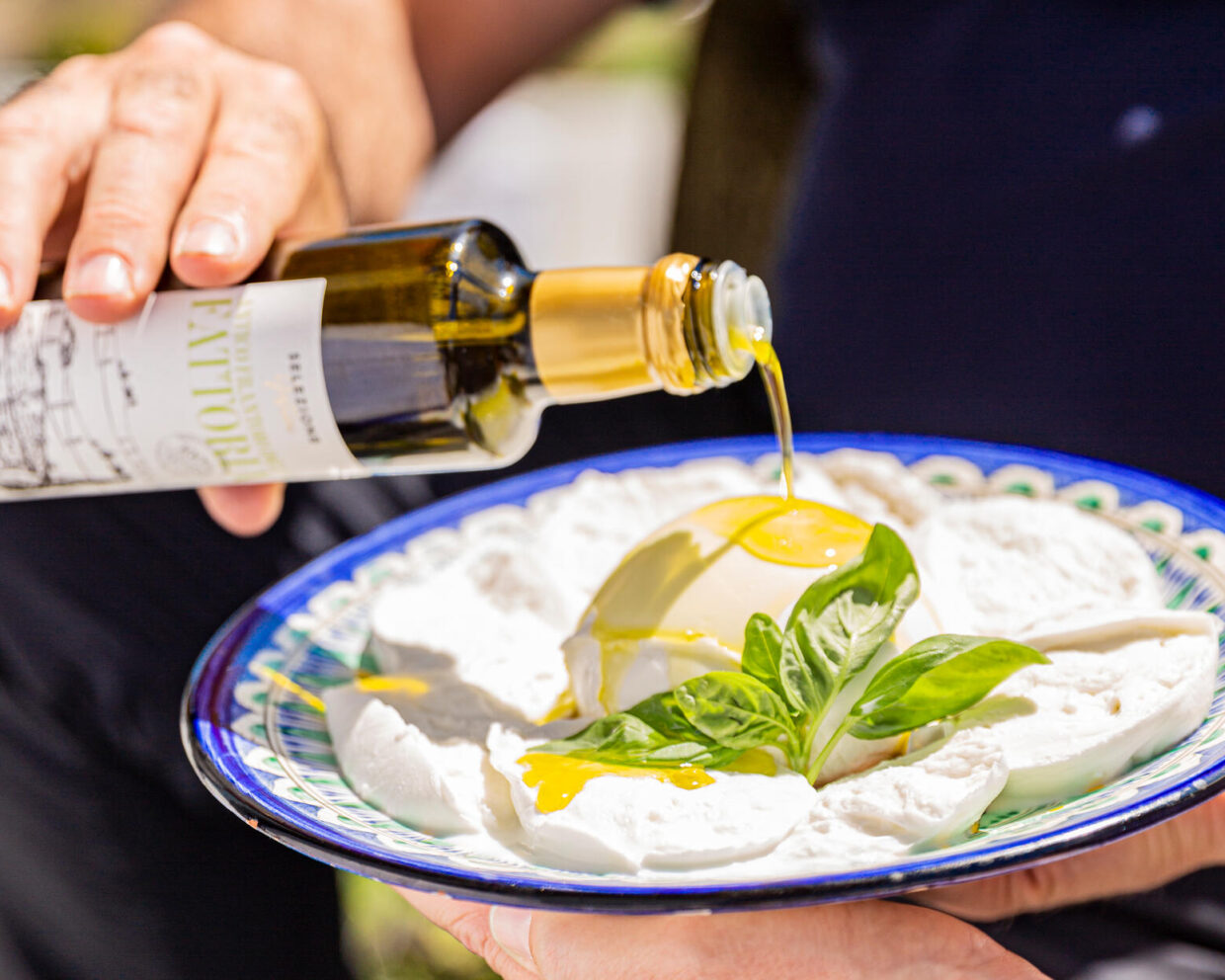



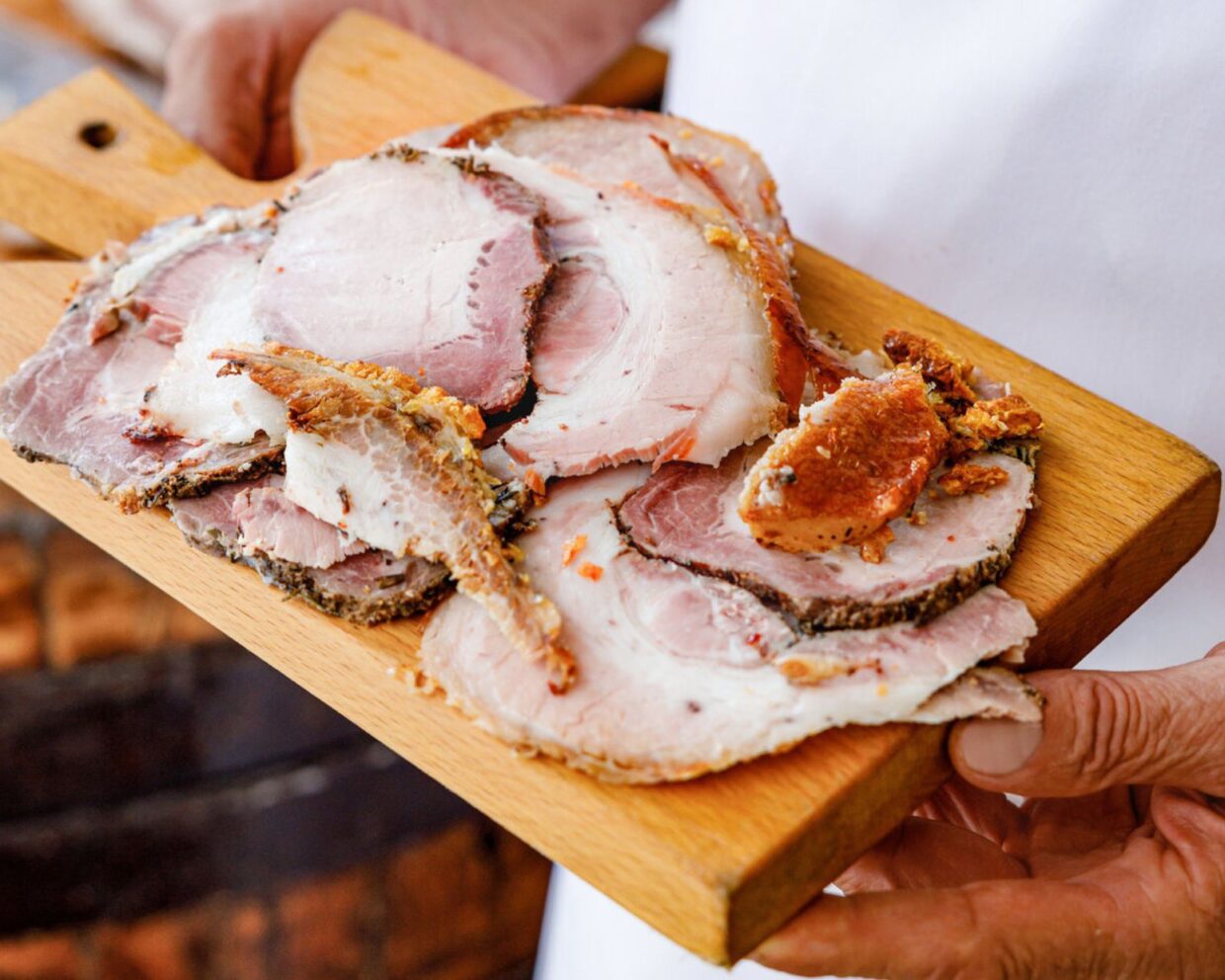
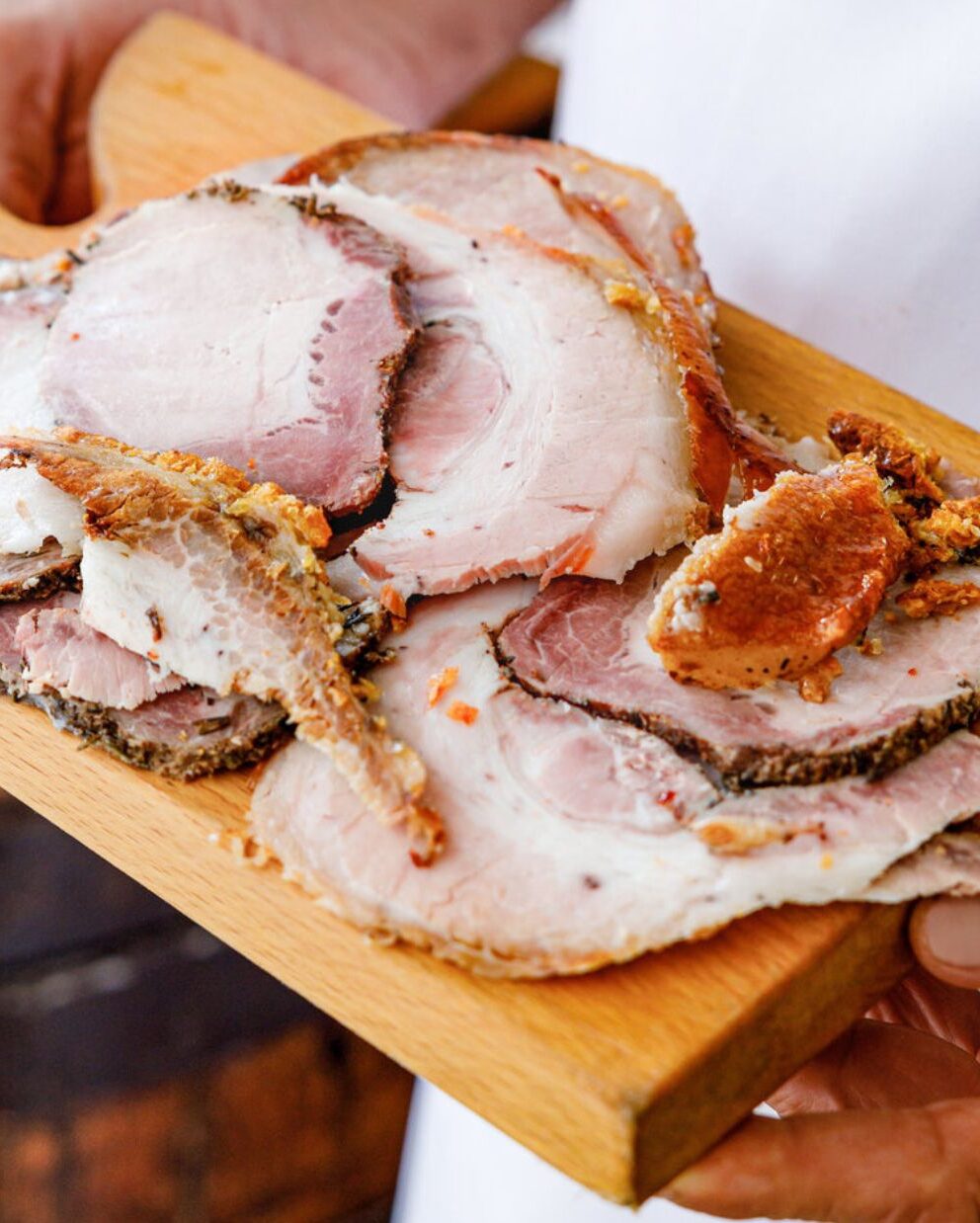






Want to share your thoughts? We're excited to hear what you think of the article. Tell us about your ideas, tips or questions! Leave a comment and share your knowledge with the community. Your opinion counts.
Write a comment